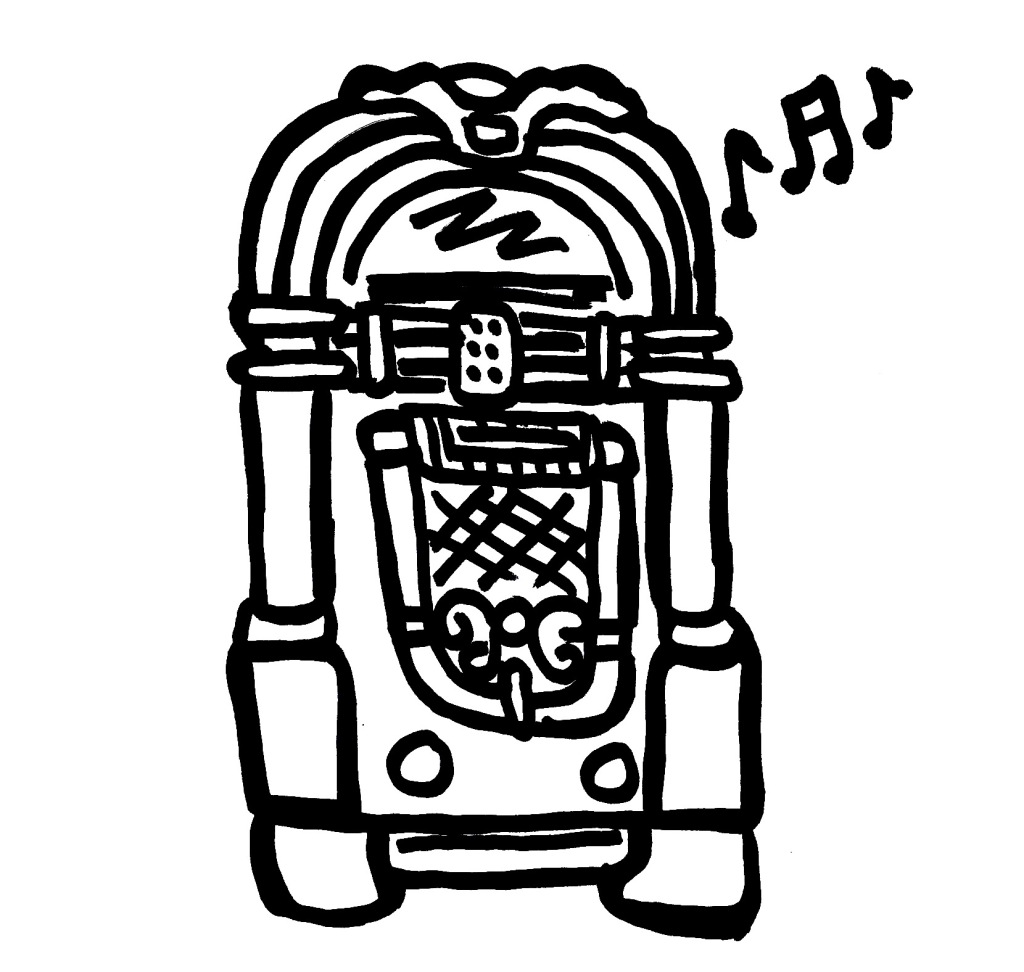This year’s Best Picture winner at the Oscars was about a sex worker who foolishly allows herself to be swept off her feet by a fantasy romance proposal from a wealthy fuckboy client, clashing classic “Cinderella story” & “hooker with a heart of gold” tropes with the harsh, transactional realities of the modern world. There’s obviously a lot of Pretty Woman (1990) DNA running through Anora‘s veins, even if the older, schmaltzier film is distanced from its offspring by several decades and the entire length of the United States. As opposing coastal stories, both movies are appropriately anchored, with Anora playing the scrappy Brooklynite brat who throws stray punches at Pretty Woman‘s dream-factory Hollywood romance. They have too much in common to be purely read as polar opposites, though. Pretty Woman strut the Walk of Fame on Hollywood Boulevard so that Anora could clack its Lucite heels on NYC pavement. The former was rewarded with great box office returns & terrible reviews, while the latter is a niche art-circuit crowdpleaser that sneakily nabbed Cinema’s Top Prize despite a relatively meager scale & budget.
Julia Roberts sealed her status as a Hollywood A-lister by playing a fresh-faced streetwalker. She hooks a once-in-a-lifetime trick in the form of a sleepwalking Richard Gere, playing a slutty businessman who’s feeling numb & lonely after the recent loss of his father. Their single-night luxury hotel room tryst quickly escalates into a weeklong engagement for the lifechanging sum of $3,000 (a figure that provided the working title of the original screenplay) and then, eventually, a genuine proposal of marriage. In Anora, the modern fairy-tale romance of that premise unravels quickly & violently, leaving its titular sex worker scrambling to hold onto some compensation after blowing up her life for a dishonorable john. In Pretty Woman, the big-kiss acceptance of the proposal is the end-goal, a consummation of Roberts declaring she “wants the fairy tale” instead of being kept as an on-staff sex worker. The deal-sealing kiss is then punctuated by an unnamed observer on the street pontificating, “Welcome to Hollywood! What’s your dream? Everybody comes here. This is Hollywood, land of dreams. Some dreams come true, some don’t; but keep dreamin’. This is Hollywood.”
The original scripted ending of Pretty Woman had a distinctly Sean Baker touch, mirroring the end of The Florida Project with Roberts taking her fairy-tale romance to Disneyland. I doubt the toothless Gary Marshall’s version of that trip would’ve had the same dramatic or satirical impact as Baker’s, but they’re both consciously dealing in the same tropes & cliches. If anything, I don’t see Anora upending Pretty Woman‘s naive view of sex-worker-and-client romance; I just see it starting where Pretty Woman ends, logically teasing the story out past the rush of the first Big Kiss. Julia Roberts’s Vivian has plenty in common with Mikey Madison’s Ani throughout the movie. She’s just as defiantly bratty in the face of obscene wealth, and she’s just as friendly to fellow staff workers who serve the same clientele. Marshall mixes sex & slapstick in a way that recalls Baker’s sensibilities in Roberts’s first sexual act with Gere, having her initiate fellatio between giggling fits during an I Love Lucy rerun. I doubt even Baker would call Anora a refutation of Pretty Woman, given that Roberts’s declaration that her tryst with her new client is just like “Cinder-fuckin’-rella” might as well have been recited word-for-word in his version of the story.
Overall, Anora really is the better film. It’s got an anarchic energy that swings wildly from comedic confection to bitter drama within the span of a single scene, whereas Pretty Woman is almost pure confection. After Roberts’s & Gere’s first night together, they immediately slip into a comfortable, domestic dynamic, and most of their scene-to-scene interactions are genuinely romantic, like their Moonstruck trip to the opera or the john playing Vivian’s body like a grand piano. The darker notes of a rape attempt (from Gere’s sleazy lawyer, played by Jason Alexander) or a fellow sex worker’s body being discovered in a nearby dumpster are just illustrations of why the fairy-tale romance is necessary for Vivian, who will accept no less. Gary Marshall is working in tonal contrast there, while Baker lets opposing tones wrestle & tangle until they’re indistinguishable. The audience is scared for Ani in the same scene where we’re laughing at the bumbling incompetence of the male brutes keeping her in place. All we’re really allowed to feel for Vivian is pure adoration, only scared that Julia Roberts might hurt her back carrying the movie while Richard Gere shrugs & mumbles his way through the script. She does so ably, though, with a 3,000-watt smile.
-Brandon Ledet






